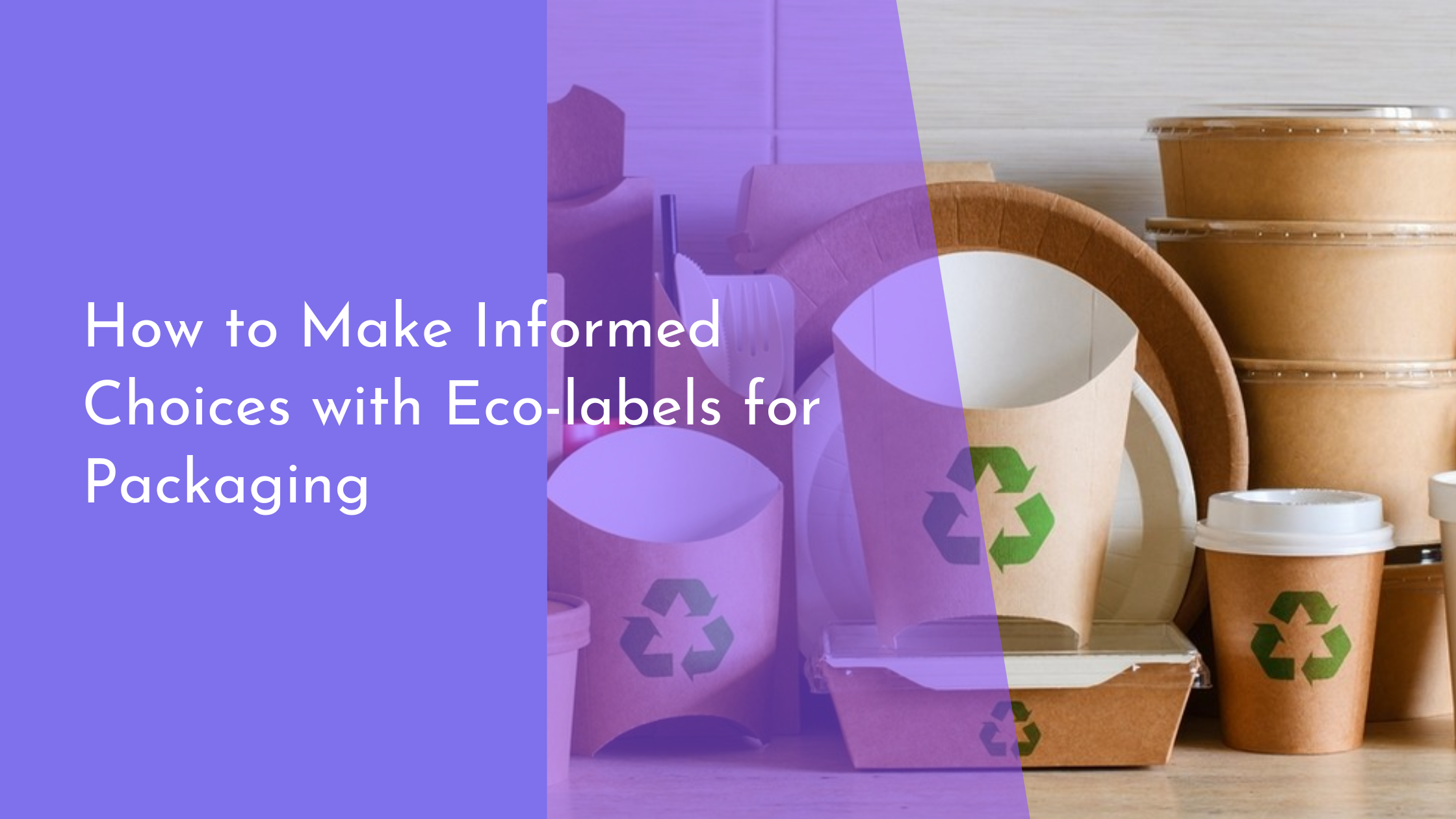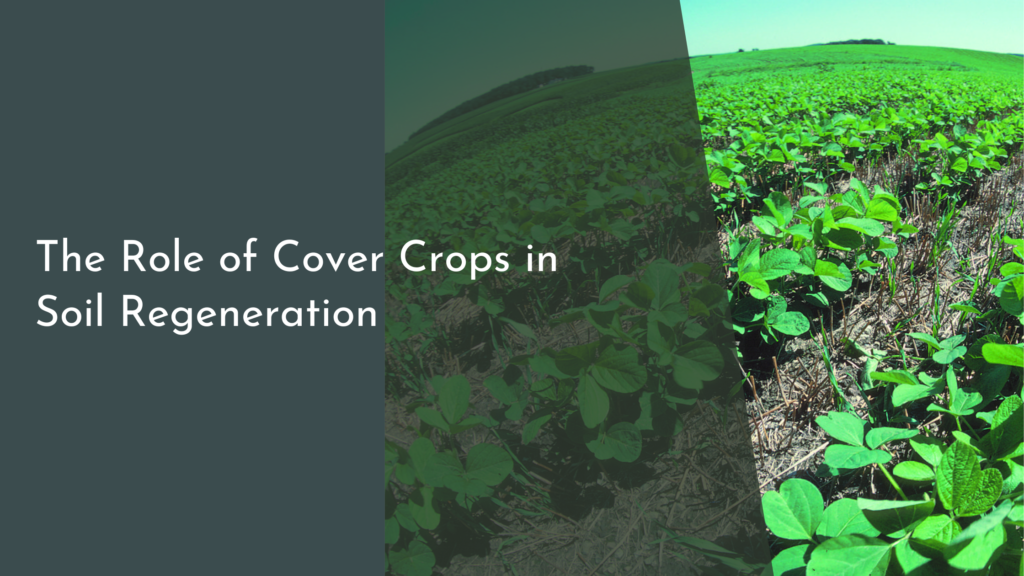How to Make Informed Choices with Eco-labels for Packaging
In today’s environmentally conscious world, consumers are more eager than ever to reduce their ecological footprint and make sustainable choices. One of the most effective ways to do this is by understanding and utilizing eco-labels on packaging. These labels provide valuable information about the environmental impact of products, helping shoppers make informed decisions that benefit both the planet and their conscience. In this article, we will break down the essentials of eco-labels, guide you in recognizing trustworthy certifications, and help you analyze packaging materials to ensure your everyday purchases are as sustainable as possible.
Understanding the Basics of Eco-labels
Eco-labels are symbols or marks on product packaging that indicate a product meets certain environmental standards. These labels are designed to provide consumers with easily accessible information about the sustainability of a product, promoting environmentally friendly choices. They can cover a range of factors, from the use of renewable materials and energy efficiency to the product’s entire lifecycle impact. By understanding what these labels represent, consumers can make more informed choices that align with their values and commitments to environmental stewardship.
The primary goal of eco-labels is to encourage companies to produce goods that are less harmful to the environment while empowering consumers to make better choices without needing to delve deeply into complex environmental science. Different eco-labels focus on various aspects of sustainability, such as reducing carbon footprints, ensuring ethical sourcing, or promoting biodegradability. Learning about these distinct aspects can help you determine which products meet your personal sustainability criteria.
Identifying Reliable Eco-label Certifications
With a plethora of eco-labels available, it’s crucial to distinguish between those that are genuinely beneficial and those that may be misleading. Reliable eco-labels are typically certified by recognized organizations or government bodies with strict criteria and standards. For instance, the ENERGY STAR label is backed by the U.S. Environmental Protection Agency and signifies energy efficiency. Similarly, labels like the Forest Stewardship Council (FSC) certification ensure products come from responsibly managed forests.
When evaluating eco-labels, look for transparency in the certification process. Reputable eco-labels will provide detailed information on their standards and what a product must do to earn the certification. Be wary of labels that lack clear criteria or those that are self-declared by manufacturers without third-party verification. By focusing on well-known and respected certifications, you can trust that the products you choose are genuinely contributing to a more sustainable future.
Analyzing Packaging Materials and Their Impact
The materials used in packaging play a significant role in determining a product’s overall environmental impact. Common packaging materials like plastic, glass, paper, and metal each have their pros and cons concerning sustainability. For example, while plastic is lightweight and reduces transportation emissions, it often ends up in landfills or oceans due to its non-biodegradable nature. On the other hand, materials like glass and aluminum are highly recyclable, but they may require more energy to produce.
To make informed choices, consider the entire lifecycle of packaging materials. Assess whether the materials are sourced sustainably, how much energy is required for their production, and their potential for recycling or composting. Opting for packaging made from recycled materials or choosing products with minimal packaging can significantly reduce your environmental impact. Understanding these factors will enable you to make choices that align with your commitment to sustainability.
Making Sustainable Choices for Everyday Purchases
Incorporating sustainable practices into your everyday purchases can be straightforward once you understand eco-labels and packaging materials. Start by prioritizing products with recognized eco-labels and minimal packaging. This might mean choosing items that come in bulk, using reusable containers, or selecting products made from recycled materials. Small changes, like opting for glass over plastic where possible, can collectively contribute to significant environmental benefits.
Additionally, consider the broader context of your purchases. Support companies and brands that are openly committed to sustainability and disclose their environmental practices. Many businesses are now incorporating circular economy principles, ensuring that their products can be reused or repurposed at the end of their life cycle. By aligning your buying habits with sustainable practices, you contribute to a demand for environmentally responsible products, encouraging companies to adopt greener practices as well.
Making informed choices with eco-labels is a practical and impactful way to contribute to environmental conservation. By understanding what eco-labels represent and identifying reliable certifications, you can confidently choose products that align with your eco-conscious values. Analyzing the impact of packaging materials further empowers you to minimize waste and reduce your carbon footprint. These mindful choices in your everyday purchases not only help protect the planet but also set a positive precedent for future generations to follow. As you continue to learn and adapt, your efforts will play a crucial role in fostering a more sustainable world.


